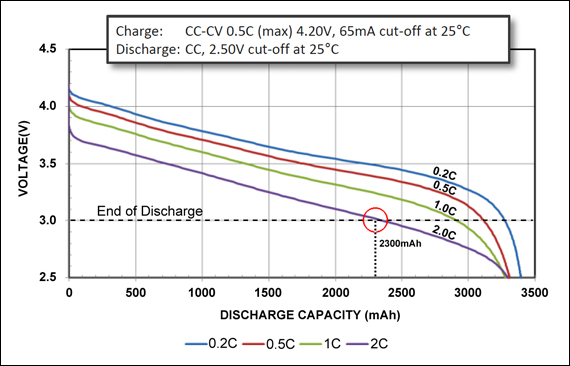Got my wall charger installed Monday afternoon, and set my charge threshold to 80%. Charged overnight and drove the car 115.4 miles since Tuesday morning (just over 48 hours). Arriving at work this morning my battery SoC was 30%. That's 50% SoC used over 115 miles, which doesn't seem completely ridiculous given that it's a Performance model, but it also indicated my total energy consumed at just 30 kWh, and average consumption rate at 251 Wh/mi.
This just doesn't add up. I've read the battery capacity without reserve is something like 71-72 kWh, so the 50% consumption for 30 kWh of use seems way off. Assuming it's 71 kWh total, 30 kWh used should be more like 42%. I did sit in the car idle with AC on for about 45 minutes yesterday at lunchtime, but I noted the battery only indicated a drop of about 1% the entire time. I find it hard to believe vampire drain would account for the remaining 6-7%, especially over only 2 nights. I do not leave AC on when the car is parked, and it's been very mild weather here since Monday (mid 70s).
For all I know, the "since last charge" info captures all usage since last charge (it should!). I doubt it, but it's possible. If it did, it should capture the vampire plus idle/parked usage too.
Can anyone explain this?
This just doesn't add up. I've read the battery capacity without reserve is something like 71-72 kWh, so the 50% consumption for 30 kWh of use seems way off. Assuming it's 71 kWh total, 30 kWh used should be more like 42%. I did sit in the car idle with AC on for about 45 minutes yesterday at lunchtime, but I noted the battery only indicated a drop of about 1% the entire time. I find it hard to believe vampire drain would account for the remaining 6-7%, especially over only 2 nights. I do not leave AC on when the car is parked, and it's been very mild weather here since Monday (mid 70s).
For all I know, the "since last charge" info captures all usage since last charge (it should!). I doubt it, but it's possible. If it did, it should capture the vampire plus idle/parked usage too.
Can anyone explain this?



